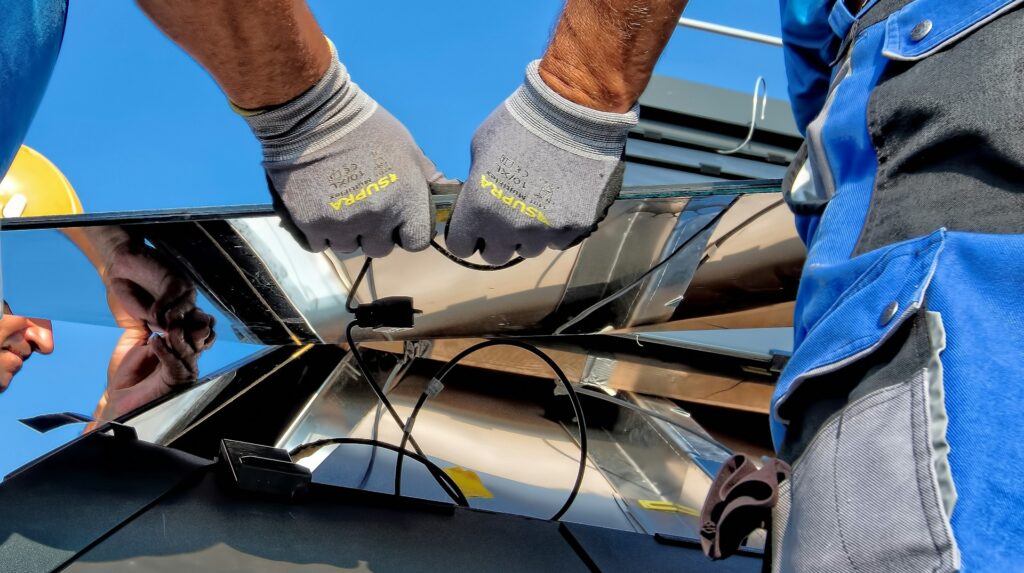Introduction: Standards are an essential part of ensuring safety, reliability, and quality across various industries. One such standard is IS 13252, which specifically addresses the safety of electrical and electronic equipment. In a world increasingly reliant on technology, the importance of ensuring that devices are safe for use cannot be overstated. From laptops to industrial machines, the relevance of IS 13252 permeates industries, affecting both manufacturers and consumers.
This article delves deep into what IS 13252 entails, its importance, and how companies can ensure compliance with it. We will explore its historical evolution, significance, and the role it plays in making sure that modern electrical devices meet rigorous safety standards.
What is IS 13252?
IS 13252 refers to a standard that governs the safety of information technology equipment and electrical devices. It lays down guidelines to ensure that electrical devices, including household electronics, office equipment, and industrial machines, meet safety regulations before they are made available to consumers. The standard is critical because it helps prevent electrical hazards such as short circuits, overheating, and other risks associated with improper design or poor manufacturing processes.
This standard is primarily based on IEC 60950-1, the international standard for information technology equipment safety, with adjustments made to fit regional safety concerns.
The goal of IS 13252 is simple: it ensures that any electrical product, from laptops to servers, is safe for the market. While its application seems highly technical, the effects are felt by every consumer who relies on safe electrical devices in their day-to-day lives.
Importance of IS 13252 in Modern Industry
Safety has always been a primary concern in manufacturing, especially when it comes to electrical and electronic equipment. With the increasing usage of technology in daily life, IS 13252 ensures that manufacturers adhere to safety standards that protect consumers from potential hazards. This not only helps in fostering consumer trust but also allows companies to maintain a positive brand image.
In an industry where non-compliance can lead to costly recalls or legal actions, IS 13252 acts as a preventive mechanism. It outlines specific technical requirements and safety guidelines that ensure equipment performs safely, even under stressful conditions. In industries like IT and consumer electronics, where device failures can have far-reaching consequences, adherence to IS 13252 is not just a regulatory obligation—it’s a responsibility towards public safety.
Historical Background of IS 13252
Evolution of IS 13252
IS 13252 evolved from the international IEC 60950-1 standard, which has been guiding the development of safe information technology equipment for decades. Initially introduced to address the growing concerns of electrical safety in computing devices, the standard has expanded over time to cover a wide range of electronic products.
The need for such standards became evident as technology began to infiltrate homes, workplaces, and industries, leading to an increased risk of electrical mishaps. The evolution of IS 13252 mirrored this technological shift, refining its scope to cover newer and more complex equipment. Today, it forms a crucial part of the regulatory framework that governs how devices are manufactured, tested, and sold in both national and international markets.
Key Concepts of IS 13252
Understanding the Scope and Application
At its core, IS 13252 covers a wide array of equipment, primarily focusing on Information Technology Equipment (ITE). This includes computers, servers, network infrastructure, and other hardware commonly used in corporate, educational, and industrial environments. However, its application extends far beyond just IT products. It encompasses any equipment powered by electricity and used for processing, storing, or transmitting data.
The standard also addresses electrical safety in terms of construction and design, ensuring that devices can handle varying power loads and protect users from potential harm such as electric shock or fire.
IS 13252 in Electrical Equipment
Ensuring Compliance in Manufacturing
One of the biggest challenges manufacturers face is ensuring that their products comply with the stringent guidelines set by IS 13252. To meet the requirements, companies must implement robust design and testing processes that ensure all potential hazards are mitigated.
Electrical equipment that falls under IS 13252 must be tested for overload protection, insulation resistance, and operational integrity under various environmental conditions. The safety protocols mandated by the standard also address how devices should react in cases of accidental spills, mechanical stress, or power fluctuations.
IS 13252 and Safety Standards
Protecting Consumers and Employees
Safety standards like IS 13252 do not just exist to protect consumers—they also safeguard employees involved in the production, maintenance, and use of such equipment. For example, the standard sets out clear rules on how to design equipment that reduces risks such as electric shock, fire, and overheating. By adhering to IS 13252, companies can ensure that both their employees and consumers are protected from avoidable electrical accidents.
Moreover, non-compliance can lead to serious legal consequences, including fines, product recalls, and even the loss of licenses to manufacture or sell certain equipment. In this regard, IS 13252 acts as both a protective shield for the public and a regulatory mechanism for businesses.
How IS 13252 Influences Global Standards
Relationship with IEC 60950-1 and Other International Standards
One of the most significant aspects of IS 13252 is how it aligns with international safety standards such as IEC 60950-1. This global standard provides a unified approach to the safety of electrical and information technology equipment, which helps facilitate international trade and ensures a consistent level of safety across different markets.
IS 13252 harmonizes with these international standards, making it easier for Indian manufacturers to sell their products globally while ensuring that they meet both local and international safety requirements. It is this global alignment that makes IS 13252 so critical in today’s interconnected markets, where non-compliance could result in trade barriers or loss of market access.

